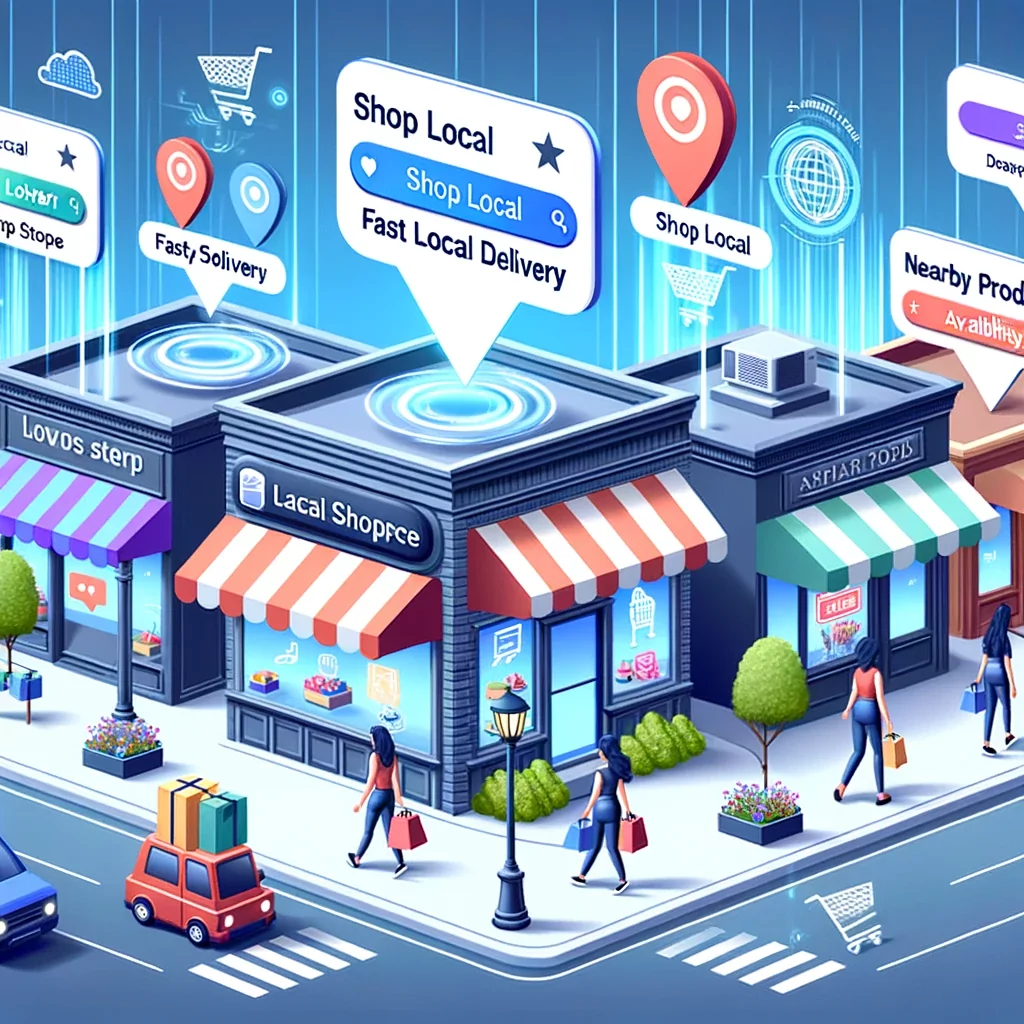In the dynamic world of eCommerce, mastering Shopify local SEO is a game-changer. For those eager to amplify their online presence, understanding this powerful tool is crucial. This article will demystify Shopify local SEO, offering key strategies to dominate your local search landscape. Whether you’re a seasoned merchant or a new player, these insights will elevate your eCommerce game.
Local SEO on Shopify isn’t just about visibility; it’s about connecting with your community. It bridges the gap between online and offline experiences, transforming local searches into sales. Let’s dive into how you can leverage this to boost your Shopify store’s performance.
Understanding Shopify Local SEO
Local SEO refers to optimizing your online presence to attract more business from relevant local searches. For Shopify store owners, this means tailoring your site to rank higher in local search results. This optimization is essential, as most customers search online before visiting a store.
To start, ensure your Shopify store is listed on Google My Business. This free tool boosts your visibility in local searches and Google Maps. It’s a simple yet effective way to establish a local online presence.
Importance of Local Keywords
Local keywords are your secret weapon in local SEO. These are terms that potential customers use when searching for products or services in your area. For example, “vintage clothing in Brooklyn” or “artisan coffee Portland”.
Incorporate these local keywords throughout your site, especially in titles, meta descriptions, and content. However, avoid keyword stuffing. Your content should always remain natural and user-friendly. This balance is key to keeping both search engines and customers happy.
Leveraging Localized Content
Localized content can significantly boost your local SEO efforts. This involves creating content that resonates with your local audience. Think blog posts about local events, guides related to your city, or showcasing local collaborations.
Moreover, this approach helps establish your brand as an integral part of the community. It demonstrates your commitment to your local customer base, fostering loyalty and trust.
Optimizing for Mobile Users
In today’s world, most local searches happen on mobile devices. Therefore, optimizing your Shopify store for mobile users is non-negotiable. Ensure your website is mobile-friendly, with fast loading times and easy navigation.
Google’s Mobile-Friendly Test can help you assess your site’s mobile performance. Improving this aspect not only caters to user experience but also boosts your SEO ranking.
Building Local Backlinks
Backlinks are links from other websites to yours. For local SEO, focus on acquiring backlinks from local sources. These could be local news sites, blogs, or community websites.
Participate in local events or collaborate with other local businesses to generate these links. Remember, quality trumps quantity. Aim for reputable sources that add value to your SEO efforts.
Dos and Don’ts of Shopify Local SEO
DO: Optimize for Local Searches
- DO ensure your Shopify store is listed and up-to-date on Google My Business.
- DO incorporate local keywords into your website content, titles, and meta descriptions.
- DO create localized content that resonates with your local community.
DON’T: Neglect Mobile Optimization
- DON’T overlook the importance of a mobile-friendly website design.
- DON’T ignore slow loading times, which can deter mobile users and harm your SEO rankings.
DO: Engage in the Local Community
- DO participate in local events and collaborate with local businesses.
- DO create content that highlights your involvement in the community.
DON’T: Overuse Keywords
- DON’T engage in keyword stuffing; it harms readability and can penalize your SEO efforts.
- DON’T sacrifice the quality of your content for the sake of adding more keywords.
DO: Focus on Quality Backlinks
- DO aim to get backlinks from reputable local sources like news sites and community blogs.
- DO prioritize quality over quantity when it comes to backlinks.
DON’T: Ignore Customer Reviews
- DON’T underestimate the power of customer reviews, especially on local directories.
- DON’T ignore negative reviews; respond to them professionally and constructively.
DO: Monitor Your SEO Performance
- DO regularly check your SEO performance and adjust your strategies as needed.
- DO use analytics tools to understand how local customers are finding and interacting with your site.
DON’T: Forget About User Experience
- DON’T neglect the overall user experience of your Shopify store.
- DON’T make navigation complicated; ensure your site is easy to browse for first-time visitors.
DO: Keep Your Business Information Consistent
- DO ensure your business name, address, and phone number are consistent across all online platforms.
- DO update your business information promptly if there are any changes.
DON’T: Disregard Local SEO Trends
- DON’T remain static with your SEO tactics; stay informed about the latest local SEO trends.
- DON’T hesitate to adapt your strategies to align with new search engine algorithms and user behaviors.
By following these dos and don’ts, you can effectively enhance your Shopify store’s local SEO, connecting more deeply with your community and driving more targeted traffic to your site.
Conclusion
Shopify local SEO is a powerful tool for boosting your eCommerce success. By optimizing for local searches, leveraging local keywords, and creating localized content, you can connect with your community more effectively. Mobile optimization and building local backlinks further strengthen your local SEO strategy.


